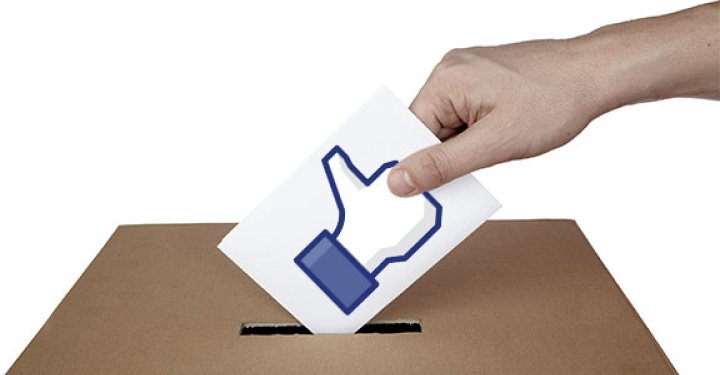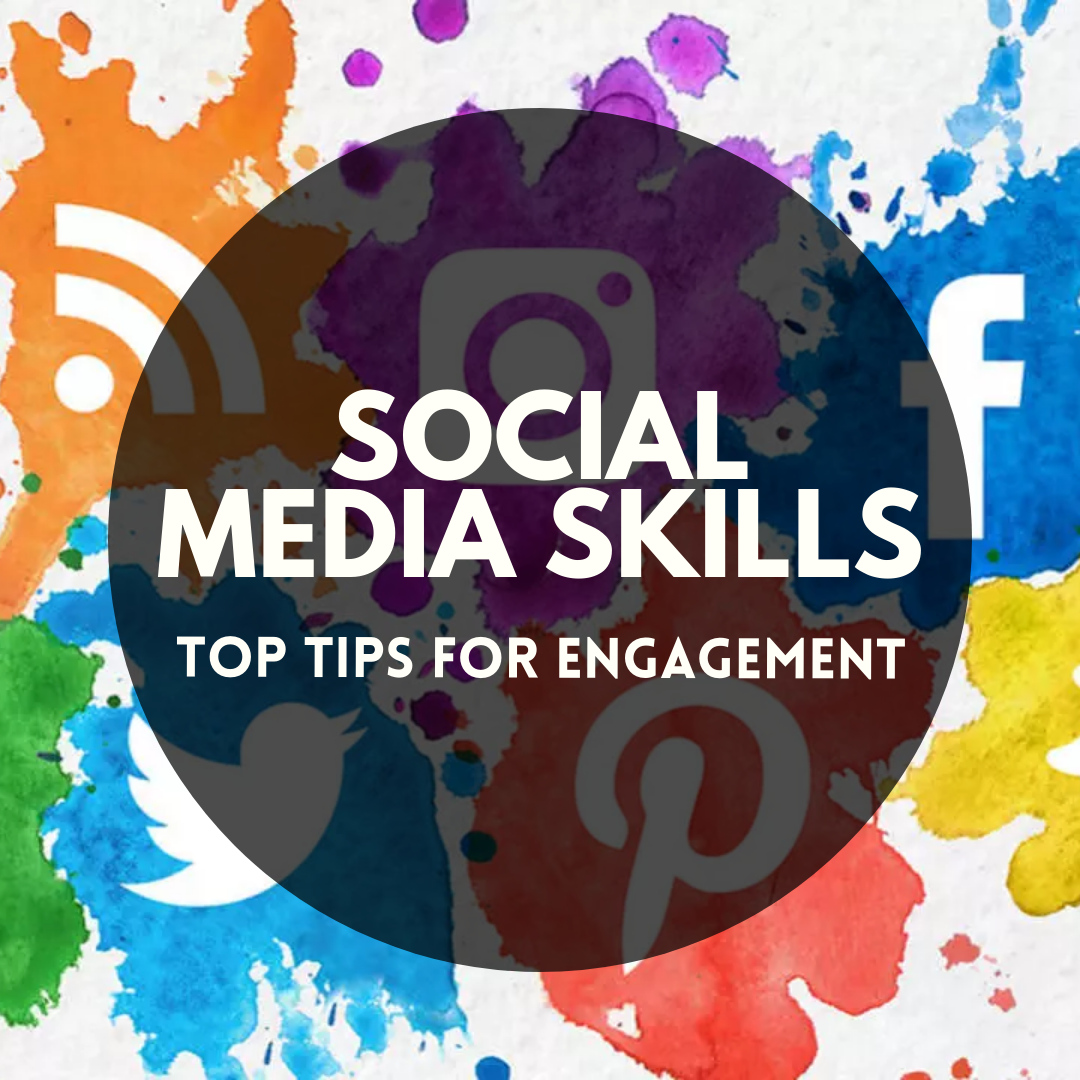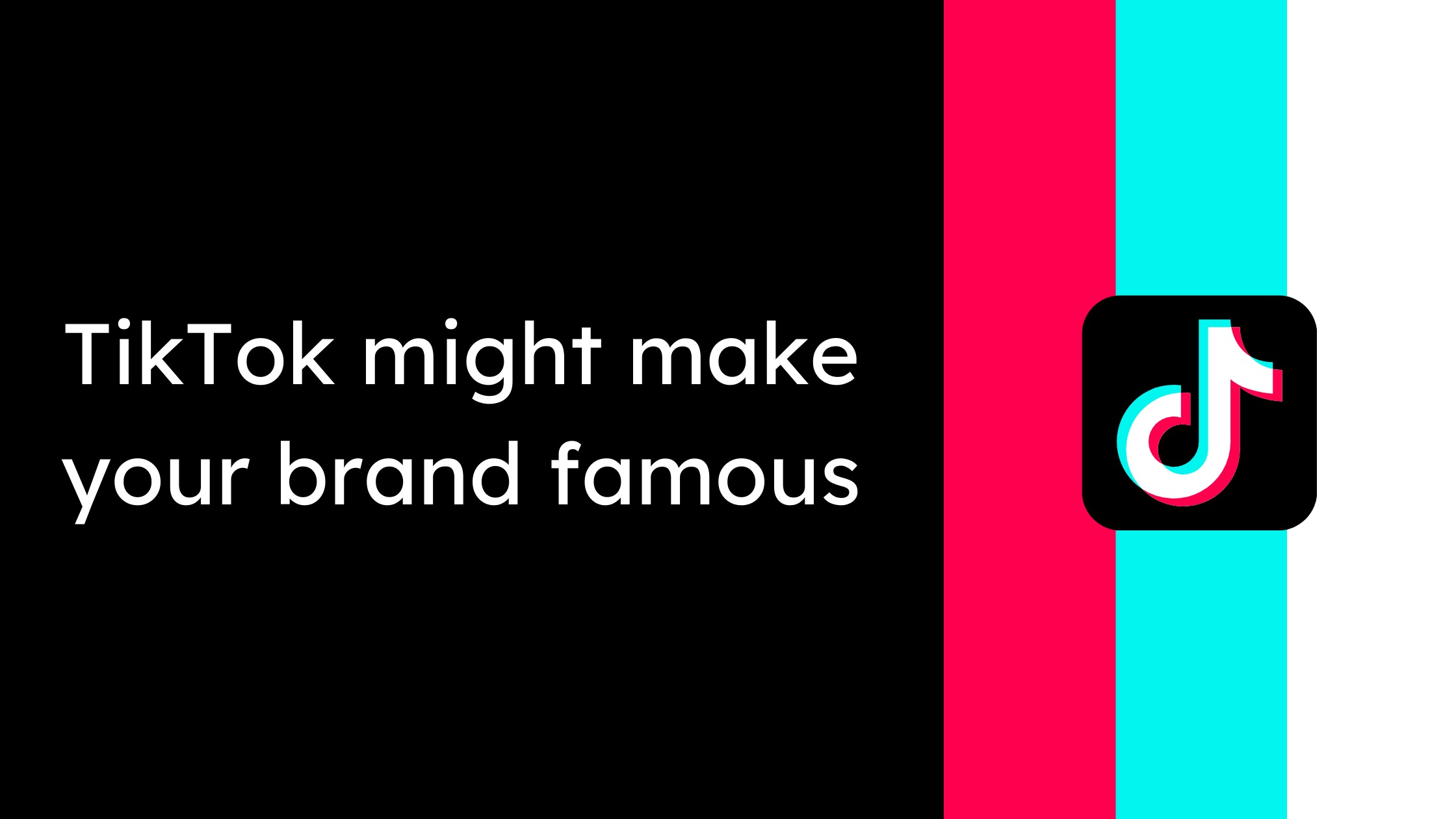By Mabel Weng
In the 2015Canadian federal election, social media played a key role in increasing the youth vote (age 18-24) and electing the Liberal Party. Viral videos and social media campaigns helped young voters feel engaged and a sense of responsibility to vote.
This election demonstrated the power and influence of online trends that pressured youth to vote. These are examples of the most popular and effective trends during the election.
Viral songs and videos
Raffi Cavoukian – known to many Canadian millennials for songs like “banana phone” – encouraged youth to vote with a short song and YouTube video called I Want My Canada Back. His song went viral on social media and the original video had over 250,000 views.
However, Raffi’s was not the only viral video that encouraged young adults to vote. A video called How far will you go to vote and protest songs by Canadian artists like Hey Rosetta! helped spread the word about voting and election issues online.
The election selfie and hashtags
The election selfie encouraged people to take a selfie at voting stations using the hashtags #ivoted, #govote2015 and #youthvote. These hashtags ended up trending during the early voting period, which had a high percentage of young voter turnout.
Young voters also joined the Twitter discussion about elections issues with #elxn42. During debates and major campaign announcements hashtags provided a new, convienent way to follow the conversation.
ABC (anything but Conservative) campaigns
Youth were also involved in the election through anti-Harper campaigns. Websites like shd.com, and antiharper.com used memes, list style articles and humour to challenge Harper’s policies. As a result, content from these websites often trended on social media and became part of the conversation surrounding the youth vote.
Liberal’s social media know-how
Now Prime Minister Trudeau successfully used social media to connect with youth. It kept his policies and content visible on social media newsfeed and easy to remember at the polling station. On election day there were more than 150,000 tweets to @justintrudeau, whereas Conservative leader Stephen Harper’s account @pmharper only received 68,385 tweets, an sign of Trudeau’s social media success.
It’s difficult not to conform to social media trends. It’s difficult not to share, comment, or post about the election when it’s constantly front and center online. As demonstrated in the election, social media can shape opinions and even votes. It’s important to consider not only whether you voted because of social media pressure, but also whether your opinions are shaped by online content.





